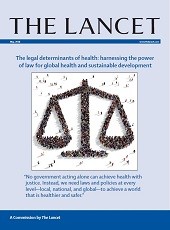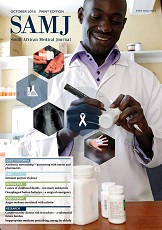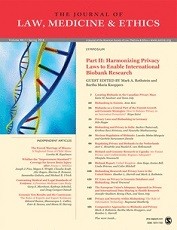The Lancet

Extract
these Bills (one in the House of Representatives and a less wild version in the Senate) are unnecessary and deceptive. . . .The Bills would allow residents and programmes to abstain from abortions on any grounds, not just religious or moral. . . .So what is their objective? It is the de facto ending of abortion in the USA. By allowing more residents and more programmes to opt out of abortion training, safe termination of pregnancy in America will become even more difficult to obtain. Already, the number of competently trained graduates has fallen dramatically. Access to doctors and clinics has shrunk, and too many American women wanting an abortion already face a long and sometimes dangerous search for help. This is an attack on women’s choices and an interference in medical education. If it passes Congress, President Clinton should veto it immediately.
The Lancet. (Editorial) A de-facto end to abortion in USA? The Lancet. 1996;347(9008):1055.





